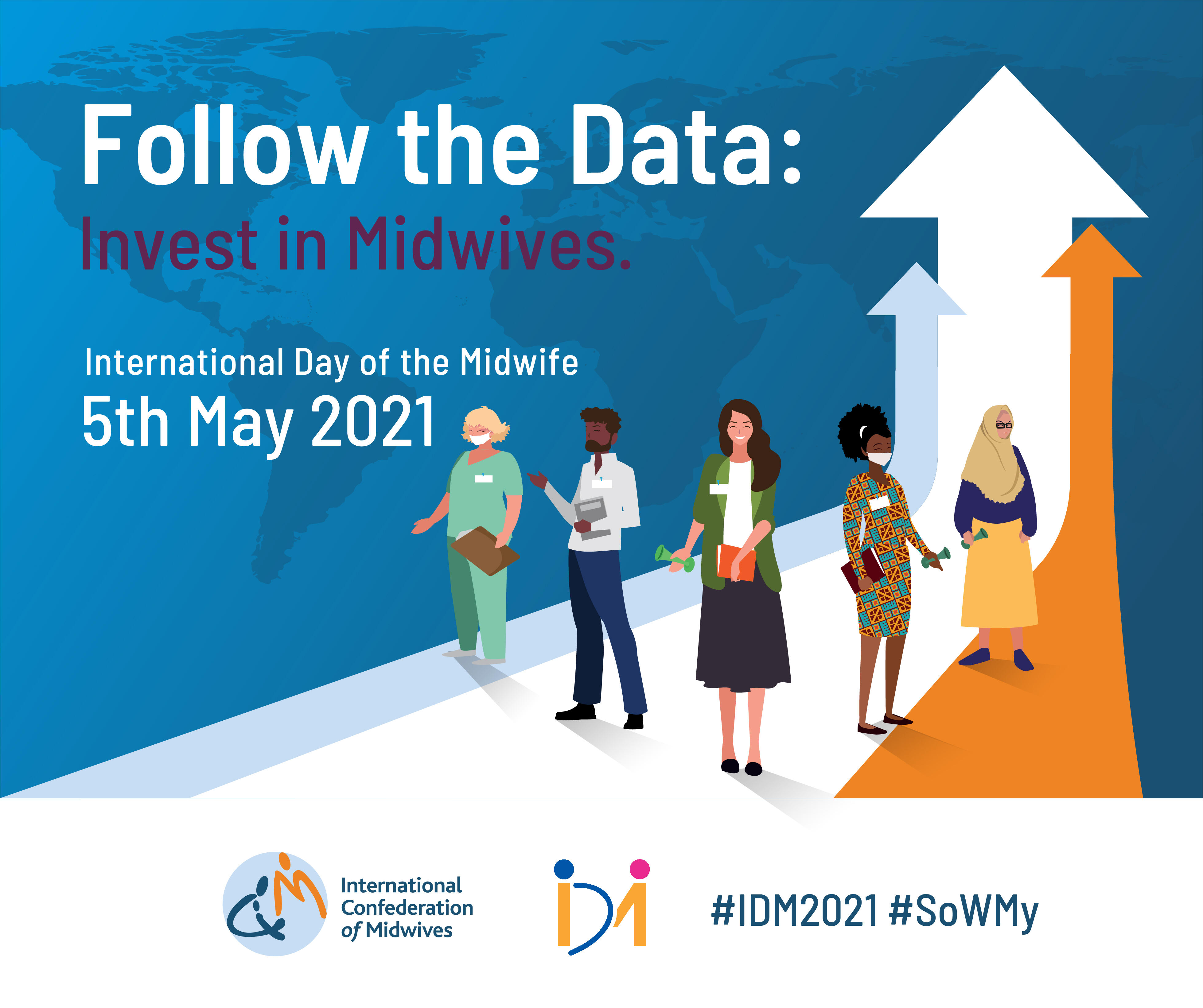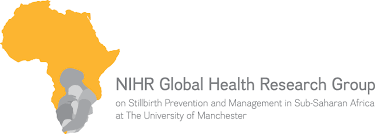
Millions of babies’ lives could be saved each year if more midwives had a central role in planning and leading maternity care.
That’s the view of one of the UK’s leading midwives, Dame Tina Lavender, who has been speaking out ahead of International Day of the Midwife (Wednesday 5th May).

80% of the global health workforce is made up of nurses and midwives; a profession traditionally performed by women. Yet, globally, only 1 in 4 health leadership roles is currently held by a woman.
Dame Tina, who was honoured with a DBE for services to midwifery in 2012 and is an advisor for the World Health Organisation, has seen first-hand the huge benefit that involving more midwives in leading research can bring.
She has dedicated her career to improving maternity care in low and middle-income countries, particularly across Sub-Saharan Africa. Her main research focus is on preventing stillbirth and improving the care for families who experience it.
The team at LSTM have helped create a network of life-saving projects in six African countries.
Dame Tina said: “We have been supporting midwives over many years and have seen the positive impact for women and babies’ health when midwives lead high quality research.
“New data released this week shows that increased investment in midwives could save up to 4.3 million lives every year by averting 67% of maternal deaths, 64% of neonatal deaths, and 65% of stillbirths .
“Investing in midwives saves lives, improves health and strengthens health systems.
“Midwives talk to mothers every day, so who better to conduct research which can help save the lives of both women and babies?”
The figures were revealed in the State of the World’s Midwifery Report 2021(opens in a new tab), which has been launched this week to coincide with the 30th anniversary of International Day of the Midwife.
Dame Tina’s team have been working collaboratively in six African countries over the past 13 years. Since 2017 their focus has been on identifying women who may be at risk of stillbirth, helping to provide better labour and birth experiences for these women, and ensuring respectful care for bereaved parents.
Globally, 2 million stillbirths occur every year, 64% of which happen in Sub-Saharan Africa - which has an average of 29 stillbirths per 1,000 births, compared to three per 1,000 in high-income countries such as the UK. The governments of Kenya, Malawi, Uganda, Tanzania, Zambia and Zimbabwe are aiming to reduce this rate to less than 12 per 1,000 by 2025.
The four-year project was funded by the National Institute for Health Research and saw the team working alongside midwives in the six countries, ensuring that both midwives’ and mothers’ views were central to creating better health outcomes.
Research has included studies into factors which increase stillbirth in African settings and exploring experiences of parents whose baby has died. The findings have been used to improve antenatal and childbirth care, including using bespoke board games to train midwives and other health workers in monitoring labour progress and respectful communication. The team are also developing support for parents whose baby dies during pregnancy or soon after birth.
International Day of the Midwife is celebrating its 30th year after its launch in May 1991. This year it coincides with the launch of the State of the World’s Midwifery Report 2021, which aims to bring the importance of investing in quality midwifery to the forefront of global health discussions.

This research was funded by the National Institute for Health Research (NIHR) (16/137/53) using UK aid from the UK Government to support global health research. The views expressed in this publication are those of the author(s) and not necessarily those of the NIHR or the UK Department of Health and Social Care.”